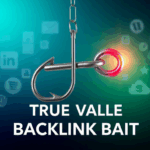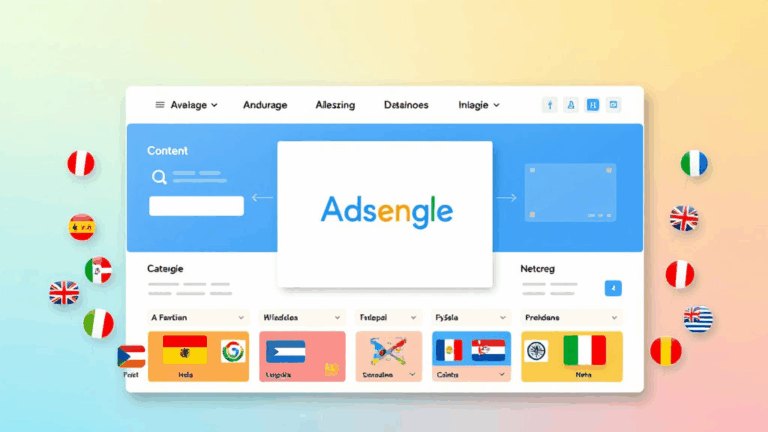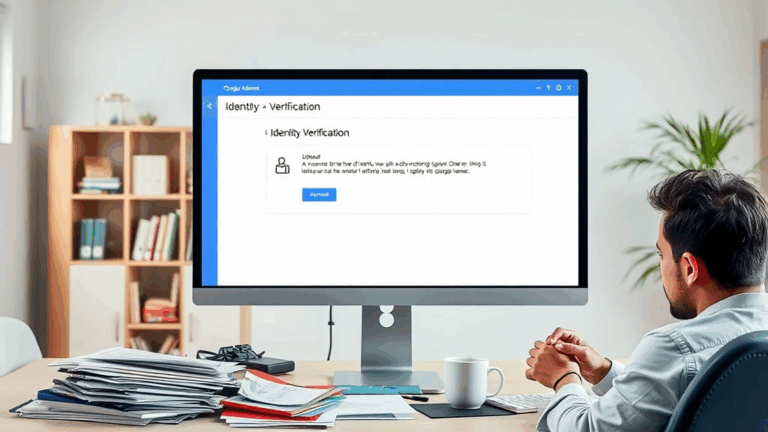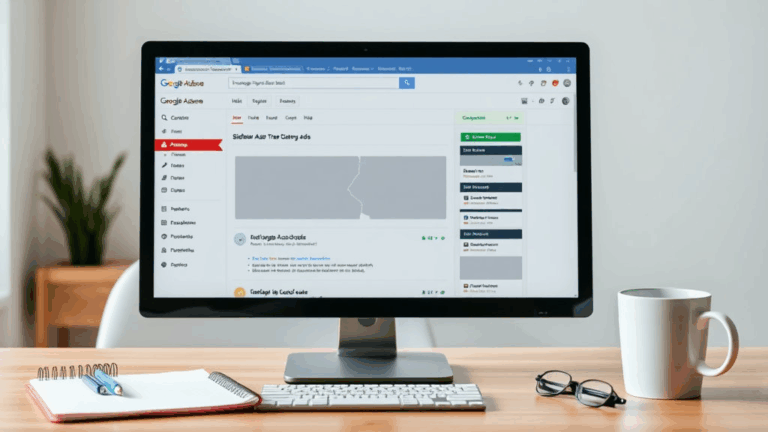Selling Ad Space Independently Instead of Running AdSense
Google AdSense’s Personal Space Problem: UGC Gets Weird Fast
Here’s the thing — Google hates ambiguity, which makes it a terrible houseguest on any site that hosts user-generated content (UGC). If your site has comments, forums, or any form of community interaction — congratulations, you’re now an unpaid Google moderator. When I first got dinged on a site running a relatively clean React-based forum (literally just devs venting politely), Google locked ads on 12 pages due to “dangerous or derogatory content”. The flagged content? A CSS joke about Internet Explorer. Swear to god.
UGC gives AdSense a headache. It doesn’t actually know what users are doing, so it assumes the worst. And when you submit an appeal, you’re basically sending smoke signals hoping a stressed-out contractor in a remote timezone interprets it favorably. The policy enforcement mechanism is mostly automated — and it’s too strict. It’s constantly overcorrecting for old Reddit-era sins (think 2008 edgy stuff) by dunking on everyone else’s hobby wiki today.
Content generated by users is treated as though it’s yours. Doesn’t matter if you disavow it, nuke abusive threads, or moderate 24/7 with unpaid interns. If Googlebot loads it, it might clip monetization.
There’s no clean way to separate the blessed-from-the-cursed content on AdSense unless you fully sandbox UGC and block ads there entirely. Which means, for lots of community-heavy projects, AdSense slowly becomes more of a liability than an asset.
Why Manual Ad Deals Suddenly Made More Sense
It started when I built a small site around dev tooling comparisons. Nothing fancy — just survey data scraped and summarized, with minimal interactivity. Once I added a comments widget (Commento in this case), AdSense started flagging my lead generator pages — not for the main content, but because someone wrote an offhand rant about Firebase performance. The word “garbage” triggered a restricted ad category. Not even banned. Just… limited.
So I reached out to a small email API startup that had previously sponsored a GitHub repo of mine. I blogged the situation — admitting traffic was modest — and pitched them something like: “Give me the $300 you burned boosting a LinkedIn post last week and I’ll make sure interested engineers actually see you.” They went for it.
You don’t need a media kit. You need an email that sounds human, and maybe a Stripe link. That deal covered two months of what AdSense was making in a year. Once I wrapped my head around how low the fill rates and CPMs were on AdSense (especially post-policy flags), doing it manually felt smarter, not harder.
Stuff I started avoiding AdSense for
- Anything where comments were interesting
- Pages where readers already had intent (e.g. pricing calculators)
- Pages where product mentions would get misflagged — had a Hotjar walkthrough video trigger a “violence” flag once, god knows why
I don’t think the policies are malevolent, they’re just so broad (and bots are so twitchy) that small sites get punished for trying to build a community around helpful content. Direct is slower, but it doesn’t hinge on Google’s mood swings.
Real CPM Math on Low Traffic Sites
This is one of those areas where nobody gives you real examples. AdSense on under-50k monthly sessions will usually earn somewhere between beer money and an oil change — if your pages are considered policy-safe. But once they get limited (thanks to UGC), that drops to candy bar levels. Like, a few dollars per thousand views — if that. And even then, no control over what shows up. At one point a site I ran on static hosting that mentioned VPNs — neutral context! — got flooded with low-quality dating and anti-virus ads in weird languages because that’s what the “systems thought would perform”.
Contrast that with direct deals where it’s $50 to $300 flat for a slot for the month, no algorithmic roulette. Even if your audience is weirdly niche — say, people who run Proxmox on old ThinkPads — you can probably guess three vendors who would love to be seen there. It’s slower, yes. But the upside isn’t measured in pennies.
This also lets you experiment. I had one month where a sponsor said their RTB campaigns weren’t converting well, so I manually ran their banners through a UTM’d redirect to give them more solid analytics than Google’s opaque report summaries. Noticed that 90% of clicks came from just one blog post on custom NGINX configs — which had been ad-restricted by AdSense for “hacking tools”.
Imagine watching a good CPM page become a dead zone thanks to a false flag, only to find out it was your most valuable placement based on bounce and conversion rates. That’s when it clicked: the real value isn’t just in the traffic. It’s in knowing who gives a damn.
Getting Paid as a Micro-Publisher Without a Network
This is the part where everyone usually says “Just use BuySellAds!” which is laughable because they ghost 90% of small content sites. Unless you’re doing 500k+ monthly views or have some SaaS-scented glimmer, you’re invisible. So the alternative is backchanneling your way into small marketing budgets.
I keep a spreadsheet — nothing fancy, just Notion — with vendors I like using. Literally tools I pay for. Then I occasionally email their founder/marketing contact with a one-liner pitch plus what kind of posts I’d put them on. The key is specificity.
"Hey - I just published a piece comparing RabbitMQ to NATS. I featured your product in passing, happy to make that more visible (e.g. sidebar, inline callout) if you're looking to reach infra folks. Not a demand — just figured I'd ask before I run house ads."
Most ignore you. But sometimes you’ll get a “hey sounds interesting — we’ve got a small budget if you do this again.” That’s how it starts.
The kicker? You can set up direct deposits via Paddle or Lemon Squeezy if you hate PayPal. And you don’t need to wait until the 21st of the month to find out if you’re getting $27 or $8.31.
Content Filtering Traps in AdSense That Kill Pages Quietly
Here’s a dumb one: I embedded a comment that mentioned “magnet link” in a post about BitTorrent and FastDL setups. Boom — ad disabled for “piracy support”. Except the magnet was to a Linux ISO. I appealed and lost because the crawler doesn’t know context, and the policy team treats each page like it’s the Wild West.
Also learned this the painful way — if your footer has RSS links called “raw.xml” or “index.php?feed”, sometimes the bot chokes and assumes there’s hidden cloaked content. No dashboard warnings. Nothing in most audit tools. You just wake up and your best posts are suddenly earning zero despite solid traffic. Added a line to my Cloudflare Workers to filter these paths explicitly from bots, which felt like playing bouncer for a very dumb VIP.
If you’re dipping into user content at all — markdown previews, embedded quotes — you gotta watch for:
- Blacklisted keywords (even in quoted forum replies)
- Old URLs in comments that now lead to bad sites (AdSense still checks outbound URLs)
- Known file-sharing terms, even in neutral or legal usage
I’ve started pre-scrubbing content with a script that matches against a rotating list of sketchy triggers (from manual searching) before I let AdSense run. It’s dumb that it’s necessary. But it’s more dumb to get delisted because someone linked to an old blogspot with a now-expired domain that turned into a casino mirror.
Page-Level Tagging vs. Blanket Ads: Why One-Size Fails Hard
If you’re still applying AdSense to every page of your site out of habit — stop. Seriously. That global script was built when pages were HTML blobs. Now? You’ve got dynamically injected modals, server-rendered content with blurred trust boundaries, and partial hydration everywhere. Those verticals don’t behave.
The better move: tag ad-safe pages explicitly. Don’t just allow Google to render on everything and hope it figures it out. If your CMS supports flags (say, in frontmatter), use something like:
ads_enabled: true
Then you use a snippet like this in layout logic:
{page.ads_enabled && }
Bonus: this lets you A/B beyond Google’s experiments. I ran a test where pages with 1 ad slot outperformed those with 3 in total revenue — maybe because people scrolled longer and trusted the site more. Google’s built-in optimizer would never try that for a small site.
Loophole you probably didn’t know:
If you include AdSense script on a page that gets no fill (due to policy or bad targeting) while still counting the impression… you tank your RPM. It quietly kills your averages site-wide. Best to conditional-render and control what gets counted.
Vendor Contracts and Banner Rotations Without Getting Fancy
If you’re replacing AdSense with manual slots, don’t overbuild. Everyone thinks they need rotation logic, impression trackers, utm segmentation, time-based swaps… You don’t. Not at first.
Just make a folder in your codebase: /sponsors and load a single config file:
{
"infrahost": {
"image": "/sponsors/infrahost.png",
"alt": "InfraHost - Fastest Deployment Pipe",
"link": "https://infrahost.net?ref=myblog"
}
}
Render this manually on relevant posts. Update monthly. Done. If a sponsor wants to see numbers, give them UTM reports from your analytics. If they want rotation, add a dumb shuffle function. Don’t start writing an ad server.
One edge case I wish I knew earlier: if your site’s open source (e.g. Jekyll or Hugo code on GitHub), make sure you don’t commit banner swaps or expired sponsor logos by accident. Had one pull request reintroduce a 6-month-old banner for a startup that had rebranded, just because we’d copied a stub config.
When User Comments Become SEO Gold, But AdSense Still Nopes Out
The irony is that user comments — especially on niche tutorials — often carry the kind of long-tail SEO that’s impossible to fake. Someone asks about a weird edge case in your tutorial, you answer with a fix, and it gets crawled. Guess what ranks? Exactly that exchange. That’s good content.
But… AdSense doesn’t trust your readers. At all. So that thread — even if it converts, even if it helps readers — might be tagged as risky. I had one where a reader said “this broke my servers” then walked through a scary-sounding terminal log. System flagged it for “malware behavior”. LOL no, just a broken rsync command.
The painful truth: the stuff people want most often violates policy *phrases*, not actual policy logic. There’s no leniency. Forums get hit hardest, but even blog comments can trigger partial restriction, IP-based rejection, or ad suppression in non-obvious ways.
The only workaround, if you still value UGC for SEO, is keeping that content sandboxed or moderated before render. Otherwise, congrats, you own a helpful community that monetizes like a ghost town.
And unlike an ad network who gets dinged and bounces back, once your pages get tagged, the recovery path feels less like an escalation, more like a trench war fought with vague checklists.














